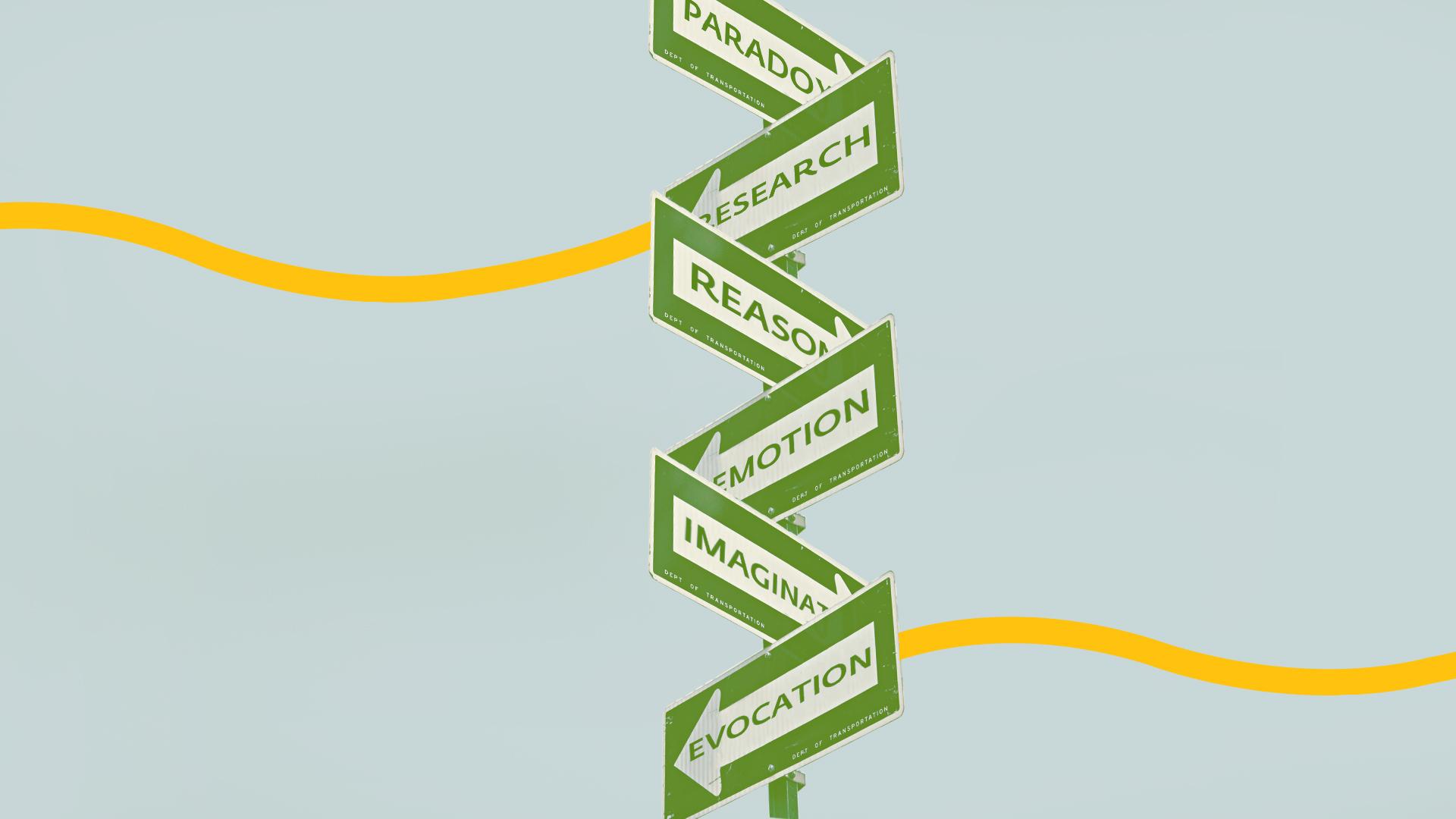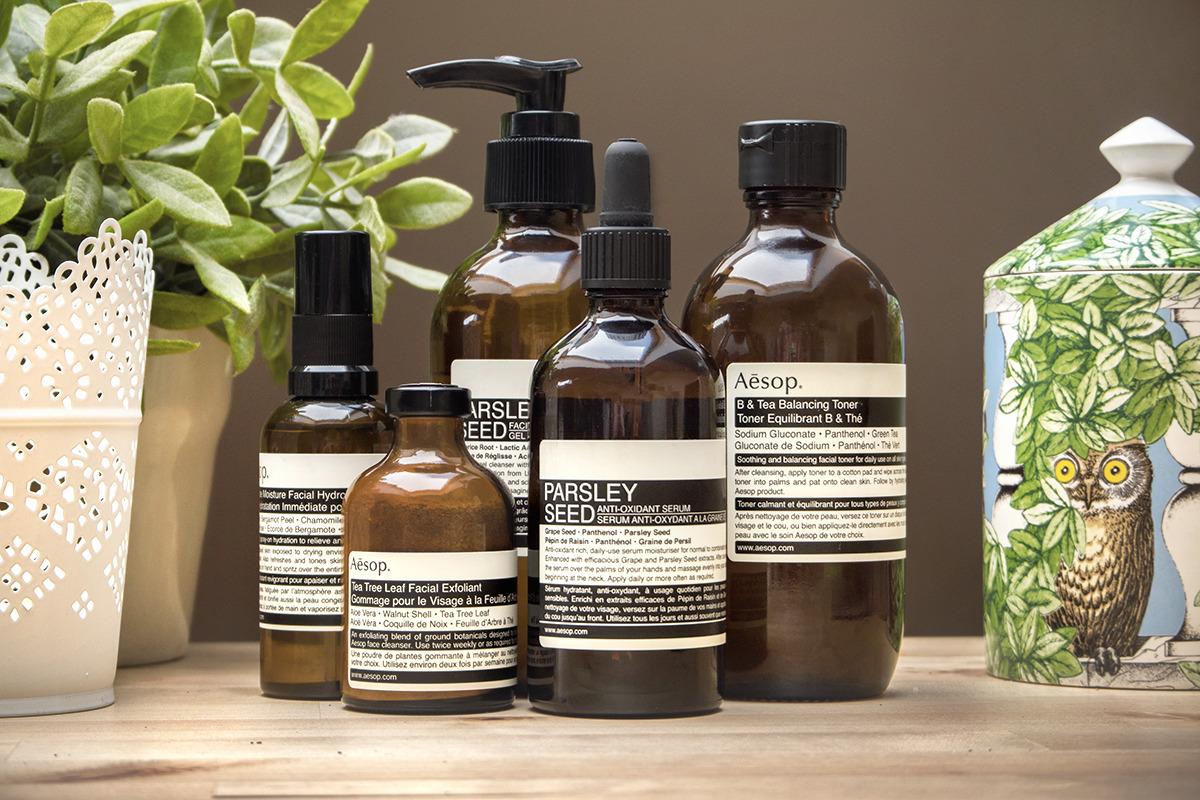

We do not trust imagination, but that’s how we think most of the time.
In the occidental mind, it has long been accepted that imagination would induce you into error and falseness (may philosophers pardon this synthesis of Pascal’s work). In marketing, it is also long known that consumers aren’t all rational and that they are also strongly driven by emotions. Studying emotions when it comes to market research is regularly limited to liking / disliking and to understanding to which realms of the imagination an emotion refers to.
For example, in automotive, an “aggressive” design will be differently liked or disliked depending on the profiles, countries, cultures, etc. Behind liking lies the question of which field of evocations this “aggressiveness” will refer to. If philosophers can spare a second reference, the issue was pinned down decades ago when opposing reason to imagination: reason should – in theory, allow an objective knowledge, but most of the time, we give away to our imagination and our judgement as consumers also has a prism based on values (such as good or bad, for example).
How can brands take advantage of this prism and be privy to the deeply non-verbal emotions that guide our choices? This article seeks to shed a light on a methodology developed at Labbrand, by looking at methodologies, client examples and implications on price tag – and recognise that we shouldn’t fear reason nor imagination.
What does this mean when discussing brands? Take, for example, a skincare cream:
One could look at ingredients behind a skincare cream to see if the formula is really “clean”, but when it writes “Paraben free” in the front of the pack, we tend to imagine a healthy environment. The logic being that if it is healthy, it should be safe, and if it is safe, it will not be dangerous. In other words, we applied to this mention of “Paraben free” a strong benefit of harmlessness, which is then extrapolated to the whole product (this example is slightly over exaggerated, but that is the idea).
In market research, we work at understanding how an emotion drives a very tangible and rational benefit. Our job is to make people talk, about everything: skincare, automotive, banks, perfumes, video games, travels, food, second hand markets… Behind all that talking, the goal is to grasp the deep emotions that orient people’s choices when they buy a product, from the smallest object to the biggest; from the cheapest to the most expensive.
But why are we focusing so much on emotions and the fact that market researchers are all about making people talk?
Because, emotions are deeply non-verbal. There are 4 fundamental emotions in life (joy, sadness, fear and anger) and a myriad of other emotions which fill our lives. But how to describe fear without using the word “fear”? How can one explain why he or she likes the colour yellow so much? That person will probably use an example of a situation where he/she gets the feeling of fear, explain how he/she feels, using synonyms, etc. The same goes for a colour or a piece of music. One can try to convey the feeling of the feeling, but cannot convey the feeling itself.
Using alternative routes to get to a core idea, the researcher will prefer using the interviewee’s imagination to turn this colour yellow into a person, a landscape, and then asking them to describe the vision they have in mind. From there, the researcher explores, asks how they feel in this landscape or in front of that person, etc., digging into every element like a Dom Cobb exploring someone’s subconscious. It is not about planting an idea but navigating to explore and understand. We ask people to describe, but we do not ask them why (why is the person dressed that way? Why is the hair tied that way?), as they wouldn’t be able to answer precisely. Pragmatic questions usually get flat and pragmatic answers, and projective exercises have proved their efficiency.
The emotion triggered by a colour, a texture or a scent will usually refer in a very stable way to a concrete benefit. We decode these benefits by going deep into the exploration of these emotions, using projective exercises. We take these to another level, getting people to talk about what they perceive as though in a wide-awake dream – almost hypnotised (let’s not be afraid of words). And it gave amazing results.
How could a Chinese person from Chengdu to whom we submitted a scent invent the same story as an American from New York to whom we gave the same scent? And why, in the end, they forecasted the same kind of benefit for that product?
It appears to be an incredible stability in fields of evocations / imagination and sometimes even at a cross-cultural level (of course with local variations), and that once you know how to decode them, once you learn that language, they open fascinating possibilities.
This methodology allowed us to go beyond the tricky question of liking. As said earlier, to explain liking or disliking, you need to understand what realm of imagination the person refers to and understand which benefits are underlying. It would be wrong to restrain liking to the only notion of preference, disregarding that of coherence.
A big project for a renowned international beauty brand led us to highlight how scents were linked to a certain idea of performance, and that sometimes a scent that wasn’t particularly attractive in terms of liking (preference) could actually rank quite high in terms of expected performance. It might seem quite simple to say, but it is far from being so!
Given a woody scent, if by exploring the evocations of raw nature, you associate woods and rocks with a benefit of regeneration to that product, you will probably imagine a wooden pack, not particularly girly.

If that same woody scent came as bright pink in a flowery packaging, you would probably not project the same regeneration benefit.

We believe that, beyond an optimum price to quality ratio, what allows an offer to distinguish itself and to create value is the strength of its emotional promise. It is this strength that can largely explain the gap between price and value for a product. For example, certain brands can sell a skincare cream at over € 400 or € 500, far above the cost of its actual components, and their customers may find that completely normal. Because, beyond the actual ingredients / R&D / manufacturing process, the brand (through its signs, communications, story-telling, etc.) delivers a much higher valued promise to its customers than the actual formula of the cream. The same goes for cars, clothes, furniture…
The Grail lies in the emotions the brand activates, which resonate deeply in the consumers’ mind (some consciously, some unconsciously). This idea might or might not be simple to admit.
In this quest, understanding peoples’ emotions and making clear to which benefits they refer will allow a brand to clearly distinguish itself, be attractive and create value. It is a powerful tool for brands to master, as the whole mix acts to rationalise or confirm an initial emotion triggered in the consumer’s mind.
To use the same metaphor as the example given above, instead of creating a random smell and then building a story around it, you could be writing your own story and then create your own custom, precise scent, depending on how and what you want to say.
A Labbrand Group Company © 2005-2024 Labbrand All rights reserved
沪ICP备17001253号-3* Will be used in accordance with our Privacy Policy
To improve your experience, we use cookies to provide social media features, offer you content that targets your particular interests, and analyse the performance of our advertising campaigns. By clicking on “Accept” you consent to all cookies. You also have the option to click “Reject” to limit the use of certain types of cookies. Please be aware that rejecting cookies may affect your website browsing experience and limit the use of some personalised features.